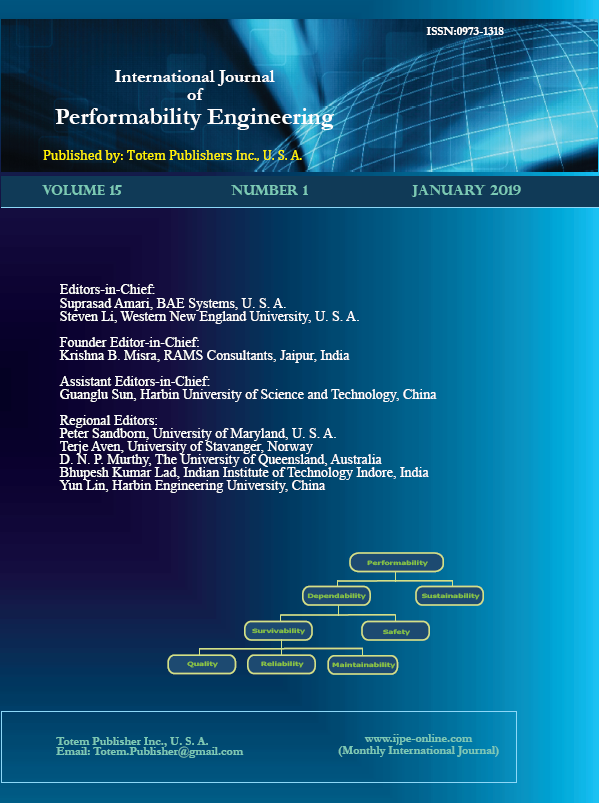For a system subject to gradual degradation, it can be in one of three different states: normal, minor defective, or severe defective stages, which can overall be referred to as a three-stage failure process. For this system, periodic inspection may not be the most ideal policy.Fewer inspections will lead to lower costs if the system is in the normal stage, but if the system is in the defective stage, frequent inspections are recommended to prevent failure. Therefore, it may be more economical to take the sequential time${{T}_{j}}(j=0,1,2,\cdots )$as the inspection interval. In view of this, a preventive maintenance (PM) model subject to sequential inspection for a three-stage failure process is proposed. Two-level sequential inspections, postponed maintenance and opportunistic maintenance (OM), are introduced into the PM model. The minor inspection is taken at the successive time${{S}_{j}}(j=0,1,2,\cdots )$, where${{S}_{j}}=\sum\limits_{k=0}^{j}{{{T}_{k}}}$, ${{T}_{0}}=0$, and${{S}_{0}}=0.$ Minor inspection is an imperfect inspection that can identify the minor defective stage with a certain probability but can reveal other two stages completely. The nth major inspection is taken to substitute for the An th$(n=0,1,2,\cdots )$ minor inspection, where ${{A}_{n}}=\sum\limits_{k=0}^{n}{{{N}_{k}}}$,${{N}_{0}}=0$, and${{A}_{0}}=0.$ Major inspection is a perfect inspection that can distinguish the state of the system perfectly. Once the severe defective stage is identified, the inspection is stopped and the maintenance action is postponed to the next OM if the time to the next OM is less than a threshold level; otherwise, the system is maintained immediately. A numerical example is given to demonstrate the proposed model by comparing with other models and analysing the influence of the parameters on the expected cost.

